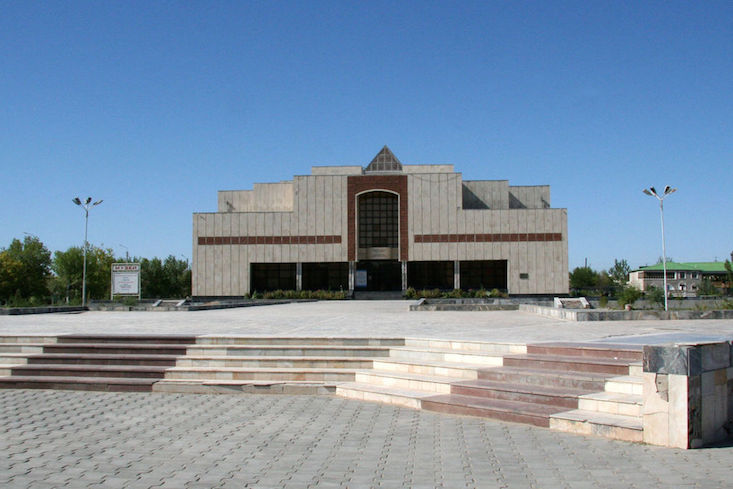Uzbekistan avant-garde art museum head controversially sacked

The director of the renowned Savitsky Art Museum, which houses the second largest collection of Russian avant garde art in the world, has been abruptly sacked, sparking fears about the fate of the museum’s art.
Marinika Babanazarova has been the director of the Savitsky museum, located in the remote city of Nukus, the capital of the Karakalpakstan region in north-west Uzbekistan, since 1984. The local authorities dismissed her without an official reason, but she claims that the decision was connected with accusations that she stole original paintings and replaced them with fakes. She has called these accusations “absurd”, and “an attempt to discredit the museum’s leadership”.
The museum staff have protested the decision, stating in a joint letter that they have no doubts about Ms Babanazarova’s honesty and that the entirety of the museum’s collection is “safe and sound”. Nevertheless, there are now fears that the Savitsky collection will be relocated to the Uzbek capital Tashkent, allegedly for its own safety.
The Savitsky museum, which is also known as the Karakalpak State Art Museum, houses around 90,000 artworks, including archaeological finds and examples of Karakalpak folk art, as well as the aforementioned collection of Russian avant garde art.
Opened in 1966, the museum was founded by Russian painter and collector Igor Savitsky, who collected Central Asian and Russian art that had been banned in the Soviet Union during the Stalin era and through the 1960s, finding a safe refuge for the art in the remote location of Nukus.